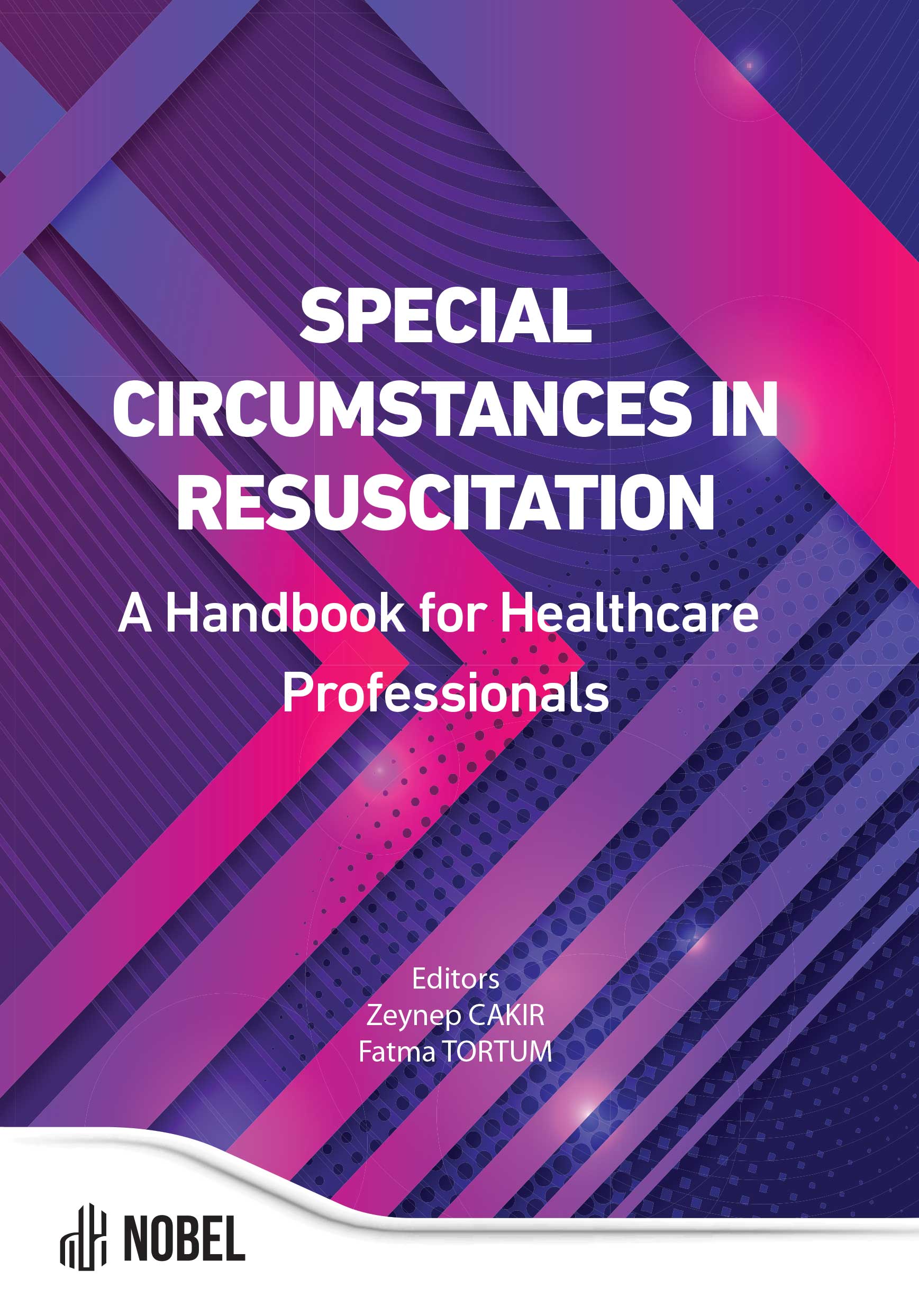Extracorporeal Membrane Oxygenation (Ecmo) and Assistant Tools in Resuscitation
Tugba Sanalp Menekse (Author)
Release Date: 2024-03-21
Extracorporeal membrane oxygenation (ECMO) provides blood flow and extracorpore al gas exchange by resting the heart and lungs in patients who develop respiratory and circulatory failure or are waiting for a heart-lung organ transplant. It is a temporary method that can provide short-term mechanical support to the heart and/or lungs in life-threatening situations. ECMO is [...]
Media Type
Buy from
Price may vary by retailers
| Work Type | Book Chapter |
|---|---|
| Published in | Special Circumstances in Resuscitation |
| First Page | 145 |
| Last Page | 164 |
| DOI | https://doi.org/10.69860/nobel.9786053358923.9 |
| Language | ENG |
| Page Count | 20 |
| Copyright Holder | Nobel Tıp Kitabevleri |
| License | https://nobelpub.com/publish-with-us/copyright-and-licensing |
The main assistant devices used in resuscitation are: Defibrillator, Mechanical Chest Compression Device, Capnography, Airway Equipment, Ultrasonography, Echocardiography. The gold standard treatment for patients with ventricular fibrillation and pulseless ventricular tachycardia is rapid defibrillation. Mechanical cardiopulmonary resuscitation devices can be used to provide cardiac compression. Capnography provides information about ventilation, perfusion and metabolism in intubated or spontaneously breathing patients. Having key equipment at the bedside is a basic requirement for proper airway management. Ultrasonography can be used to visualize veins for central venous catheterization, identify elevated carotid artery pressure and measure central venous pressure noninvasively. Wall motion disorders are evaluated by echocardiography in patients with hemodynamic instability without a differential diagnosis, termination of resuscitation, or in patients in whom spontaneous circulation is restored.
Tugba Sanalp Menekse (Author)
Emergency Medicine Specialist, Ankara Etlik City Hospital
https://orcid.org/0000-0003-3292-6273
3Tuğba Sanalp Menekşe received Emergency Medicine Specialist training from Atatürk University Faculty of Medicine Training and Research Hospital in 2020. She currently works as an Emergency Medicine Specialist at Ankara Etlik City Hospital. Since undergraduate, she developed a passion in research and scientific writing. She wrote chapters in 5 different books. She continues to work on a variety of topics in Emergency Medicine.
Mielck, F., & Quintel, M. (2005). Extracorporeal membrane oxygenation. Current opinion in critical care, 11(1), 87-93.
Patil, K. D., Halperin, H. R., & Becker, L. B. (2015). Cardiac arrest: resuscitation and reperfusion.
| onix_3.0::thoth | Thoth ONIX 3.0 |
|---|---|
| onix_3.0::project_muse | Project MUSE ONIX 3.0 |
| onix_3.0::oapen | OAPEN ONIX 3.0 |
| onix_3.0::jstor | JSTOR ONIX 3.0 |
| onix_3.0::google_books | Google Books ONIX 3.0 |
| onix_3.0::overdrive | OverDrive ONIX 3.0 |
| onix_2.1::ebsco_host | EBSCO Host ONIX 2.1 |
| csv::thoth | Thoth CSV |
| json::thoth | Thoth JSON |
| kbart::oclc | OCLC KBART |
| bibtex::thoth | Thoth BibTeX |
| doideposit::crossref | CrossRef DOI deposit |
| onix_2.1::proquest_ebrary | ProQuest Ebrary ONIX 2.1 |
| marc21record::thoth | Thoth MARC 21 Record |
| marc21markup::thoth | Thoth MARC 21 Markup |
| marc21xml::thoth | Thoth MARC 21 XML |

